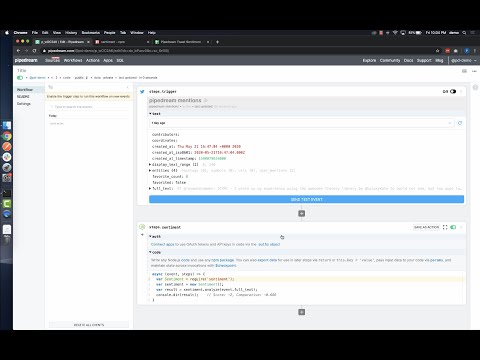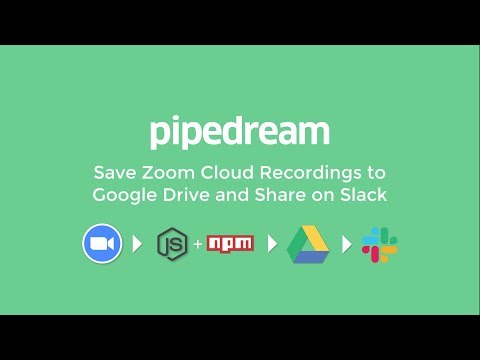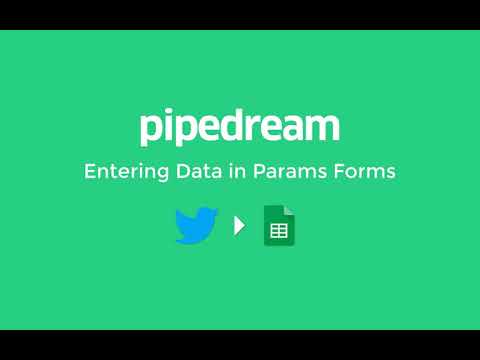What do you want to automate
with Mailchimp and Google Sheets?
Prompt, edit and deploy AI agents that connect to Mailchimp, Google Sheets and 3,000+ other apps in seconds.
Trusted by 1,000,000+ developers from startups to Fortune 500 companies
Popular Mailchimp and Google Sheets Triggers#
Emit new event when a recipient clicks a pre-specified link in an specific campaign.
Emit new event when an audience is added to the connected Mailchimp account.
Emit new event when a new file is added to the File Manager of the connected Mailchimp account.
Popular Mailchimp and Google Sheets Actions#
Add a single row of data to Google Sheets. Optionally insert the row at a specific index (e.g., row 2 to insert after headers, shifting existing data down). See the documentation
Adds a new note to an existing subscriber. See docs here
Add multiple rows of data to a Google Sheet. See the documentation
Overview of Mailchimp#
The Mailchimp API taps into the heart of your email marketing efforts, allowing you to manage subscribers, campaigns, and reports. With the API, you can automate tasks like syncing subscriber lists, segmenting contacts based on behavior, and personalizing email content to match user profiles. It's a powerful tool for marketers looking to fine-tune their email strategy and maximize engagement.
Connect Mailchimp#
import { axios } from "@pipedream/platform"
export default defineComponent({
props: {
mailchimp: {
type: "app",
app: "mailchimp",
}
},
async run({steps, $}) {
return await axios($, {
url: `https://login.mailchimp.com/oauth2/metadata`,
headers: {
Authorization: `Bearer ${this.mailchimp.$auth.oauth_access_token}`,
},
})
},
})
Overview of Google Sheets#
The Google Sheets API allows for the creation, reading, updating, and deletion of data within Google Sheets, enabling a robust platform for spreadsheet management and data manipulation. Through Pipedream, you can craft serverless workflows that respond to various triggers, such as webhook events, emails, or scheduled times, to interact with Google Sheets. This synergy can automate reporting, synchronize data across applications, manage inventory, track leads in a CRM, or even conduct survey analysis by updating and retrieving sheet data on the fly.
Connect Google Sheets#
import { axios } from "@pipedream/platform"
export default defineComponent({
props: {
google_sheets: {
type: "app",
app: "google_sheets",
}
},
async run({steps, $}) {
return await axios($, {
url: `https://www.googleapis.com/oauth2/v1/userinfo`,
headers: {
Authorization: `Bearer ${this.google_sheets.$auth.oauth_access_token}`,
},
})
},
})
Related Videos#



Community Posts#


